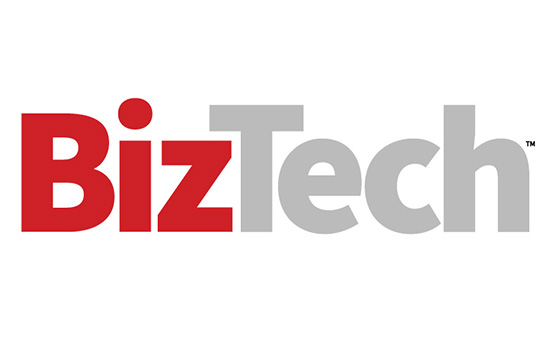Data Consolidation Is More Important (and Easier) Than Ever
“The first thing to do is to consolidate,” Whippen says.
Many small businesses use multiple cloud platforms or apps — from payroll software to marketing automation tools. While this flexibility is valuable, it often creates data silos.
Where the data is physically stored matters less than the ability to centralize access, management and analytics.
“Today, you can extract all of that data much more easily, from a user interface perspective, and manipulate it the way you want, then put it back into the system of record, and you don't need a data scientist for that,” says Mike Hurt, vice president of state and local government and education for ServiceNow. “It’s not your grandmother’s way of tagging anymore.”
Platforms such as ServiceNow’s Workflow Data Fabric and Snowflake allow businesses to bridge data virtually, eliminating the need for costly, physical data migrations.
For example:
- SnowConvert can automate the migration of legacy SQL code to modern standards, simplifying the process of moving older applications into the cloud.
- ServiceNow’s Workflow Data Fabric connects to different data sources and apps, allowing teams to manipulate and clean data without having to leave the ServiceNow environment.
These solutions give small businesses the agility to scale without hiring large IT teams.
“Smaller organizations often look at data more holistically,” Hurt explains. “They don’t have the luxury of siloed resources, so a unified approach becomes a necessity.”
READ MORE: Learn how small businesses can build artificial intelligence-ready data foundations.
Simplifying Data Policy and Governance
Once data is consolidated, it becomes easier to establish and enforce data policies.
“A strong data policy is the backbone of AI readiness,” Whippen says. “If your end goal is to identify use cases where AI can drive efficiency and customer satisfaction, you must ensure that the data you have is accurate and secure.”
For small businesses, managing data policies across different software platforms can be tricky. Each system may have unique settings and permissions, making uniform policies hard to implement.
The solution? A unified data management platform.
“We can look at our role-based access control from a data policy perspective,” Whippen says. “You can create policies once, implement them, and apply them across every app and department.”
A strong data policy that prioritizes privacy, security and accessibility often reduces the need for a separate AI policy because good data governance naturally protects against misuse.
In addition to governing the data itself, businesses must also govern the AI tools accessing it.
“You need governance for the large language models that will be touching that data,” Hurt says. This helps prevent shadow AI — unsanctioned tools that could create compliance or security risks.














